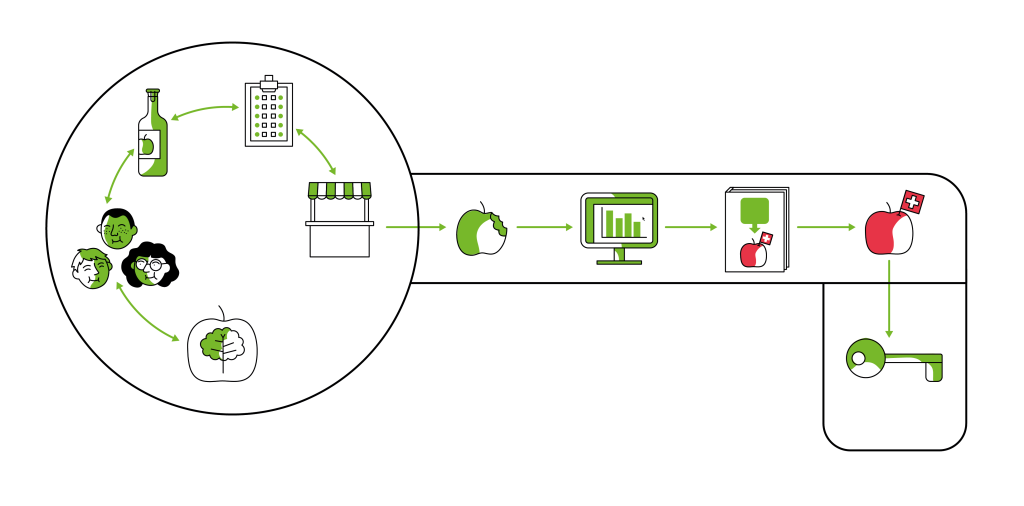Introduction: Evaluation
Evaluation is an activity encountered in many different fields, and as such is understood in many different ways. A different definition can be found in practically every text dealing more intensively with this topic, and depending on the scientific discipline, the term is accentuated differently. To make matters worse, upon closer inspection, we find that many of the things that are often referred to nowadays as ‘evaluation’ are actually not evaluation at all.
In this brochure – and in the ‘evaluiert’ textbook to which it refers – evaluation is understood as a scientific service that describes and valuates objects of evaluation (especially programmes and measures) for clarified purposes and on the basis of justified criteria. Moreover, the valuation carried out within the context of an evaluation is systematic, transparent and comprehensible, based on data and information gathered using social science methods. According to this understanding, persons must be specifically qualified for this activity.
Evaluators follow a ten-step procedure when carrying out evaluations. These steps do not have to be followed rigidly, but must be adapted to the specific conditions of the specific evaluation at hand.
This brochure presents the ten steps of the evaluation process, as a summary of the ‘evaluiert’ textbook.
This brochure is also intended for people who wish to gain an overview of what evaluations are, for those who intend to carry out an evaluation or for those who are currently undergoing one.
A detailed presentation with further explanations and numerous examples can be found in the ‘evaluiert’ textbook.
